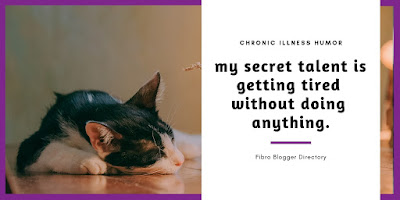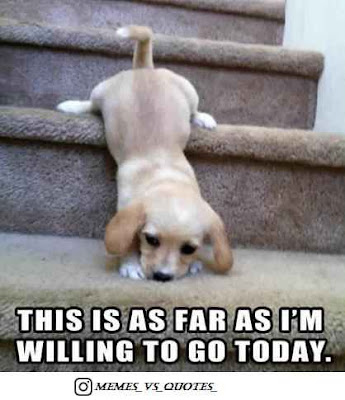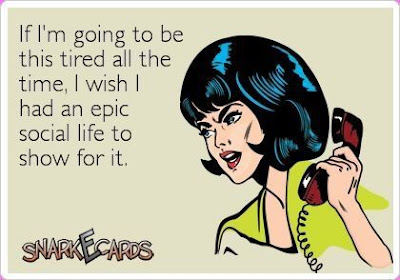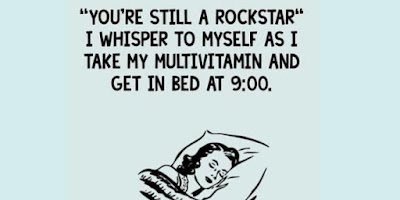Breaking through the fitness ‘pain barrier’.
This article was written by Em who is fighting fibro with fitness. If this is something that intrigues you, read on for her 13 tips.
If you live with Fibromyalgia then I think you instinctively know what I talk about when I talk about a pain barrier. After all for many of us it’s what we do every single day when we want to curl up and find some peace but our commitments mean that we have to keep moving, drawing on reserves and strength that we often forget we have. There aren’t many positives of living with fibro but for me my enhanced self awareness is one.
The pain barrier for me is pushing through when mentally and physically you don’t want to. Now of course I’m not talking about ignoring what the body needs and pushing myself too hard, that would be foolish and lead me to a worse place faster (yes of course I learnt this the hard way – I question if really there is any other way??)
I’m referring to re-starting or beginning to implement a challenging life change such as exercise. I’m referring to the active challenging of our negative thinking patterns and habitual behaviours. Working hard to get to the point where we finally start to feel the benefits and overcoming the worry that every body ache is doing us harm.
So here are my top tips for breaking through the pain barrier.
1. Prioritise this time for you. Tell yourself if you feel better, everyone around you will feel better too. Explain to your significant others what you’re seeking to achieve and ask for their support and/or join an online community (like this one!)
2. If you stop now, when will you start? Keep your mind on your goals – picture them in your head. Remember how good you feel when you do physical activity: I think all of the times I am convinced I myself I wasn’t up to it but went and felt better for it. Equally think of all the times you quit something and regretted it.
3. Consider your timetable and needs and devise a realistic training plan – one that is manageable but consistently heads to where you want be. At first, your plan can be simple as “Go Exercise” – the rest will follow.
4. Examine your self awareness. My Grandmother used to say “you’ll never die for the want of an excuse!” That can be me to a tee! If you really don’t feel it up to it -don’t do it, but don’t give into your excuses either. Try to be honest with yourself and learn the difference.
5. Challenge your negative thoughts or fears – examine the truth of your thoughts. Because of the symptoms of chronic illness we often feel “I can’t” rather than “I can”. Don’t accept your thoughts without looking at them and don’t allow “ I can’t” to become your default. For example, what evidence do you have that exercise is bad for you? If you do have evidence, how can you adapt? – e.g. cycling is bad for my hip…. ok I’ll use the rowing machine instead.
 |
| Em exercising at home using here stairs to strengthen her calves. |
6. Sometimes I compromise by not going to the gym but exercising at home instead; 30 minutes at home is better than nothing at all. It doesn’t matter quite so much what you do; consistency is most important in these early days. I often find that giving myself these compromises usually gets me doing some form of exercise, because I’ve put no pressure on myself I perform better than I planned to, not because I forced myself but because I wanted to.
7. I’ve said it before but take your progress shots, they’ll inspire you. One you have a comparison set, they’ll remind you of your success and you can see what you’d like to work on. Once you see a difference, ask yourself do “do I want to go back to where I started?”
8. For further motivation, follow people whose fitness you admire, you tube, social media and of course blogs are excellent sources of advice and inspiration.

9. If you can afford to, buy yourself some snazzy gym wear that you feel good in. You’ll want to go the gym to wear it!
that you feel good in. You’ll want to go the gym to wear it!
10. Don’t be impatient – if you expect instant results you’re going to be disappointed. Every bit of the journey is progress. Celebrate your success every time you work out. Reward yourself with a soak in the tub or your favourite TV show for a job well done.
11. Learn from your sessions, identify how your body feels after each workout and use it to inform how you train next time. For example, if you’re fatigued in one area, train another, if a certain exercise doesn’t feel right, try a variation. If you find you didn’t recover very well from a session, do less next time (of course that works in reverse too!)
12. Try to fuel and hydrate your body with healthy foods and water. Don’t starve yourself, fatigue is already a factor for us, so help yourself by boosting your energy with good food and fluids. A fuel empty body will seriously affect your motivation and ability.
13. Remember it take 28 days to make and break a habit, in sheer days you can alter your mindset and change the pain barrier to routine and routine to fun, energy and good health.
Lastly feel proud that you’re doing this for you. Walk your journey held held high. There will be pitfalls but change often comes from challenge.
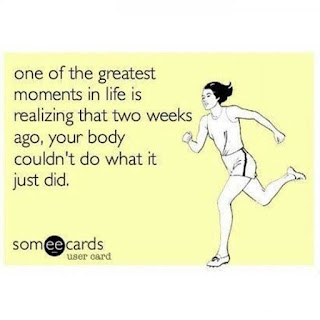
From Em who use to blog at Fibro My Story and who is @Fibromystory1 on twitter. Em is concentrating on exercising and fighting fibro with fitness.

